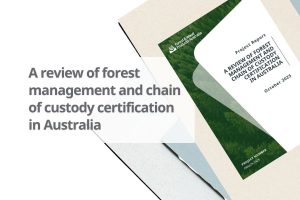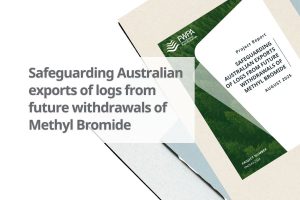Variable retention (VR) is a harvesting system, developed in the Pacific Northwest of USA and Canada, that is increasingly being used worldwide to achieve improved biodiversity and social outcomes compared to clearcutting and other traditional silvicultural systems. VR has recently been implemented in wet old-growth forests in Tasmania, and there is scope for broader implementation across Australia.
This report presents three main topics. Firstly it presents survey results of twelve organisations currently implementing VR across western USA and Canada. These surveys explored motivations for using VR, variation in implementation, adaptive management and monitoring, and perceived success of the system.
Secondly, the report discusses research and formalised adaptive management programs relating to improving conservation outcomes from silvicultural practices. This includes descriptions of large silvicultural trials investigating biodiversity and silvicultural outcomes of VR and clearcutting. Two emerging areas of research are discussed: the importance of early-seral forests for biodiversity, and the role of ‘forest influence’ in facilitating recolonisation of harvested areas by biodiversity from nearby mature forest.
Thirdly it provides examples of collaborations that have settled long-term conflicts between timber industry and environmental groups.
Each topic includes discussion on potential lessons and impacts for Australian forestry.
Reference Number:
PGD167-0910


